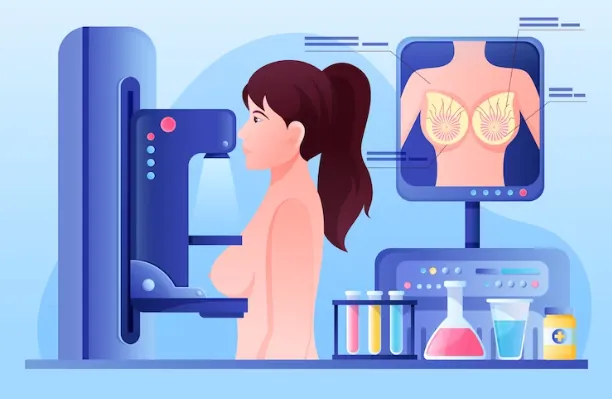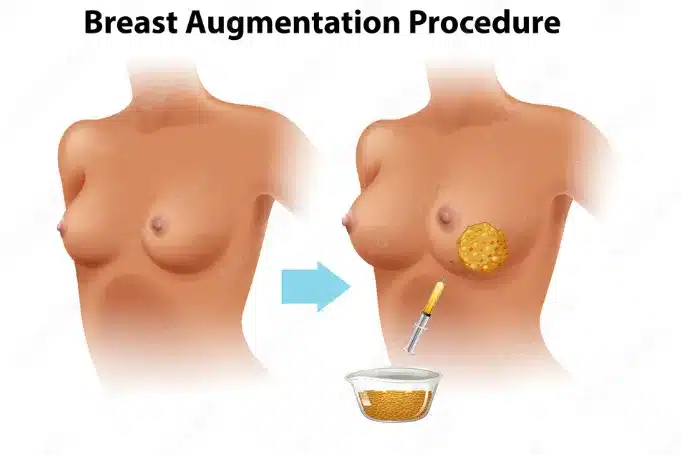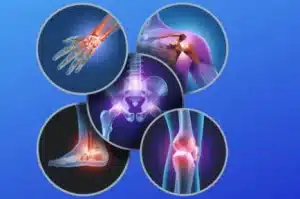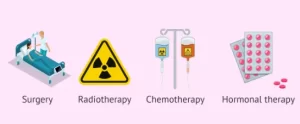Breast augmentation is a popular cosmetic procedure that allows individuals to enhance the size and shape of their breasts. Two common approaches to breast augmentation are fat transfer breast augmentation and traditional breast implants. While both methods aim to achieve similar outcomes, there are distinct differences.
Fat Transfer Breast Augmentation
Fat transfer breast augmentation, or autologous fat grafting, involves using a person’s fat cells to enhance the breasts. The procedure consists of two main steps:
- Fat Harvesting: Excess fat is harvested from donor sites on the body, typically through liposuction. Common donor areas include the abdomen, thighs, or hips.
- Fat Injection: The harvested fat is purified and carefully injected into the breasts to enhance their size, shape, and overall appearance.
Benefits of Fat Transfer Breast Augmentation
- Natural look and feel: Fat transfer utilizes the person’s fat cells, resulting in a more natural look and feel than implants.
- The dual benefit of body contouring: Besides enhancing the breasts, liposuction during fat harvesting allows body contouring in the donor areas.
Considerations and Potential Risks of Fat Transfer Breast Augmentation
- Limited increase in breast size: Fat transfer may not provide as significant an increase compared to traditional implants.
- Multiple sessions may be required: Achieving the desired outcome may require multiple fat transfer sessions, leading to additional surgeries and a recovery period.
Breast Implants
Traditional breast implants involve the surgical placement of silicone or saline-filled implants into the breasts to enhance their size and shape. The procedure typically includes the following steps:
- Incision: An incision is made in a predetermined location, such as the crease beneath the breast, the armpit, or the edge of the areola.
- Implant Placement: The implants are carefully inserted into a pocket behind the breast tissue or beneath the chest muscle.
- Closure: The incisions are closed using sutures, and the breasts are dressed with bandages or surgical bras.
Fat transfer utilizes the person’s fat cells, resulting in a more natural look and feel than breast implants.
Benefits of Breast Implants
- Greater control over breast size: Implants allow for precise control over the size of the breasts, with a wide range of implant sizes and shapes available.
- Immediate and noticeable results: Breast implants provide immediate enhancement, allowing individuals to see the results immediately after the procedure.
Considerations and Potential Risks of Breast Implants
- Potential for implant-related complications: Traditional breast implants risk complications such as implant rupture, capsular contracture, and implant malposition.
- Visible scarring: Incisions for implant placement may result in visible scars, although efforts are made to minimize their visibility.
Recovery time:
The recovery time for both fat transfer breast augmentation and breast implant surgery can vary depending on individual factors and the extent of the procedure. However, there are some general differences in the recovery process between the two:
Fat Transfer Breast Augmentation:
- Recovery time is typically shorter compared to breast implant surgery.
- After the procedure, discomfort and swelling are expected but generally resolve within a few weeks.
- Patients may experience bruising at the liposuction donor sites, which will also subside over time.
Breast Implants:
- Recovery time is typically longer compared to fat-transfer breast augmentation.
- Discomfort, swelling, and bruising are joint and can last for several weeks.
- Patients may need a supportive surgical bra to help heal and minimize swelling.
It is important to note that these are general guidelines, and individual recovery experiences may vary. Following your surgeon’s post-operative instructions, attending follow-up appointments, and allowing yourself sufficient time to heal are crucial for optimal recovery in fat-transfer breast augmentation and breast implant surgery.
A fat transfer breast augmentation doesn’t increase your risk of breast cancer. And mammograms still work well for most people after this procedure.clevelandclinic
Choosing the Right Option
The choice between fat-transfer breast augmentation and breast implants depends on various factors, including individual goals, body characteristics, and personal preferences. Consulting with a qualified plastic surgeon is crucial to determine the most suitable option for achieving desired outcomes and discussing potential risks and benefits based on individual circumstances.
Summary:
Fat transfer breast augmentation and breast implants offer distinct approaches to breast augmentation. Fat transfer provides a natural augmentation using the person’s fat, while breast implants offer greater control over size and shape. Understanding the differences between these methods allows individuals to make informed decisions and choose the option that aligns with their aesthetic goals and preferences.
FAQs:
- Which procedure provides a more natural look and feel? Fat transfer breast augmentation utilizes the person’s fat cells, resulting in a more natural look and feel than breast implants.
- Can both procedures achieve similar breast size enhancement? Breast implants offer greater control over breast size and can increase more significantly than fat-transfer breast augmentation.




